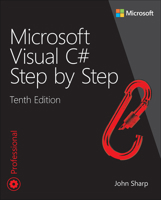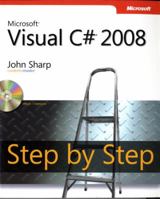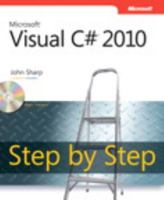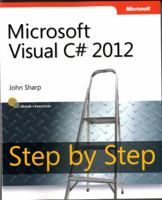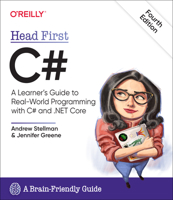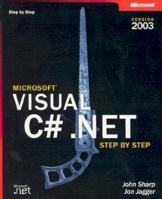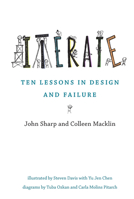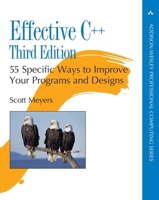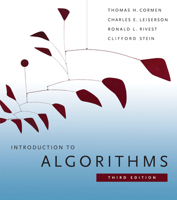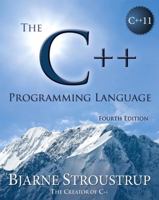Sliceforms: Mathematical Models from Paper Sections
Sliceform modelling is a technique which lies happily on the borders between art and mathematics. The models are made from intersecting sets of parallel planes which slot together in a clever way to generate interesting three-dimensional surfaces. In the fully open position the planes are at right angles and the surfaces are correctly defined, but all the models fold flat in two different ways, making them easy to store until they are wanted next time. When popped up, the play of light and shade on the planes creates objects of great beauty. The book includes a varied collection of eight models to cut out and make and a detailed explanation of how to generate the slices for models of your own. See also Surfaces - Explorations with Sliceforms for more detailed explanations and more templates.
Format:Paperback
Language:English
ISBN:1899618066
ISBN13:9781899618064
Release Date:December 1995
Publisher:Tarquin Group
Length:36 Pages
Weight:0.36 lbs.
Dimensions:0.2" x 8.0" x 7.9"
Age Range:8 to 14 years
Grade Range:Grades 3 to 9
You Might Also Enjoy
Customer Reviews
4 customer ratings | 4 reviews
There are currently no reviews. Be the first to review this work.












